Session 15: Recommendations on how to implement Passive House standard
Wednesday, 15 September 2021
It is a long way from the plan to build a Passive House to the finished building. The experienced speakers in this session will point out stumbling blocks that planners can encounter and show strategies to avoid them. Different designs and approaches will be examined not only in terms of their feasibility but also in terms of factors such as their carbon footprint and economic feasibility. The goal: ever better, more thoughtful design of Passive House projects.
| Time (CEST) | Topic | Speaker |
|---|---|---|
| 4:00 pm | Welcome | 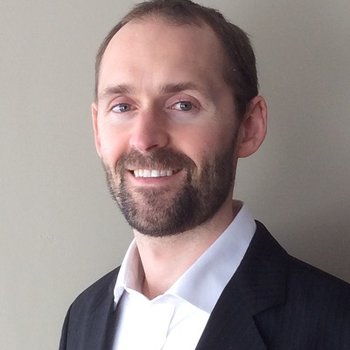 Andrew Peel |
|
4:05 pm |
Successful PH feasibility study: How to guide a team through a front-loaded design process
|
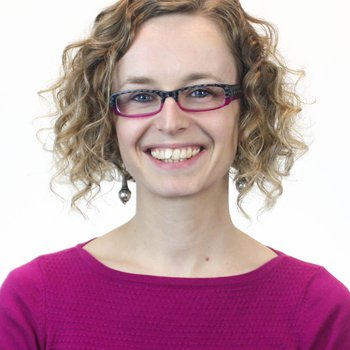 Marine Sanchez | RDH Building Science
|
|
4:20 pm |
Passive or nothing; Passive Simple!! By citing recreated iconic and playful cultural idioms, we overcome obstacles with a positive up-beat vibe that changed the conversation with our clients, authorities and team. Accepting our position as professionals, and leading by example we created: Passive Simple, simply Passive; and won. |
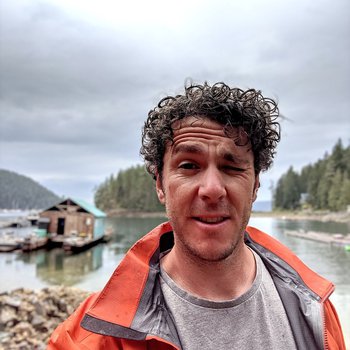 Greg Hoffart | Tree Construction Inc |
|
4:35 pm |
A comparative life cycle CO2 Analysis of a step-by-step EnerPHit versus a shallow retrofit The paper presents a comparative Life-Cycle CO2 Assessment analysis for retrofits with different energy performance levels and energy sources. Energy source plays a crucial role in long-term CO2 emissions of the building. Life-cycle CO2 emissions are the lowest in the retrofitting to the EnerPHit standard.
|
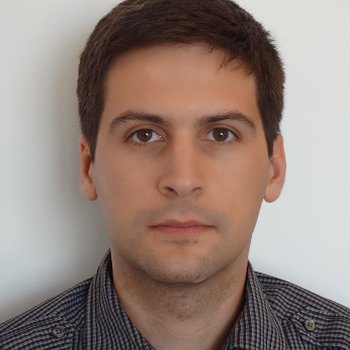 Szabolcs Varga | V&V Projekt SRL |
| 4:50 pm | Question and Answer | |
|
5:10 pm |
Heating load as a design target revisited Benefits of designing for peak heating load rather than demand include lower cost, better comfort, reduced sensitivity to orientation and greater potential for standardised designs. One example is presented but we are drawing on the experience of designing and monitoring many Passivhaus buildings. |
 Nick Grant | Elemental Solutions |
|
5:25 pm |
STOP (Strategies To Obtain Passivhaus) Single-family home work involves creative processes which take special requirements into account (site conditions, personal needs). These make each building unique. If the climate is similar, we must unify the systems of active energy contribution to adjust comfort conditions and energy demands. |
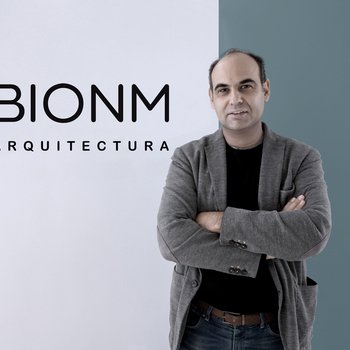 Pablo Carranza | BIONM |
| 5:40 pm |
The role of energy storage in buildings, micro and macro economic considerations Energy storage fills the gap between energy demand and the availability of volatile renewable energy sources. The energy system of the future will use energy storage systems to bridge these short-term, medium-term and seasonal gaps. Decentralised storage devices can reduce the amount of energy drawn from the grid, but not the peak load. |
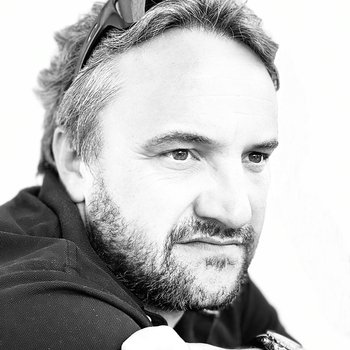 Fabian Ochs | Universität Innsbruck |
| 5:55 pm | Question and Answer | |
|
|
Go to Session 14
|



